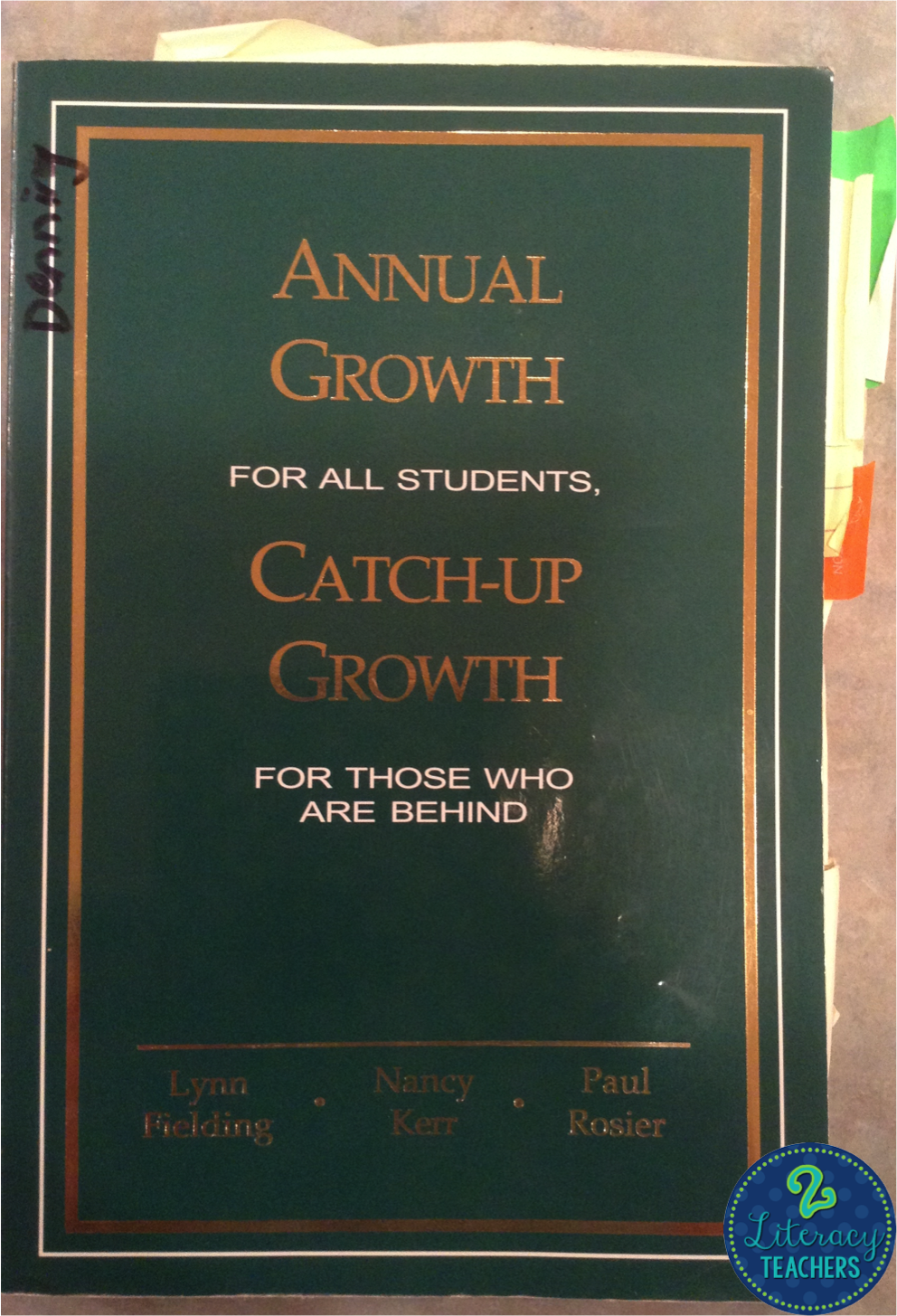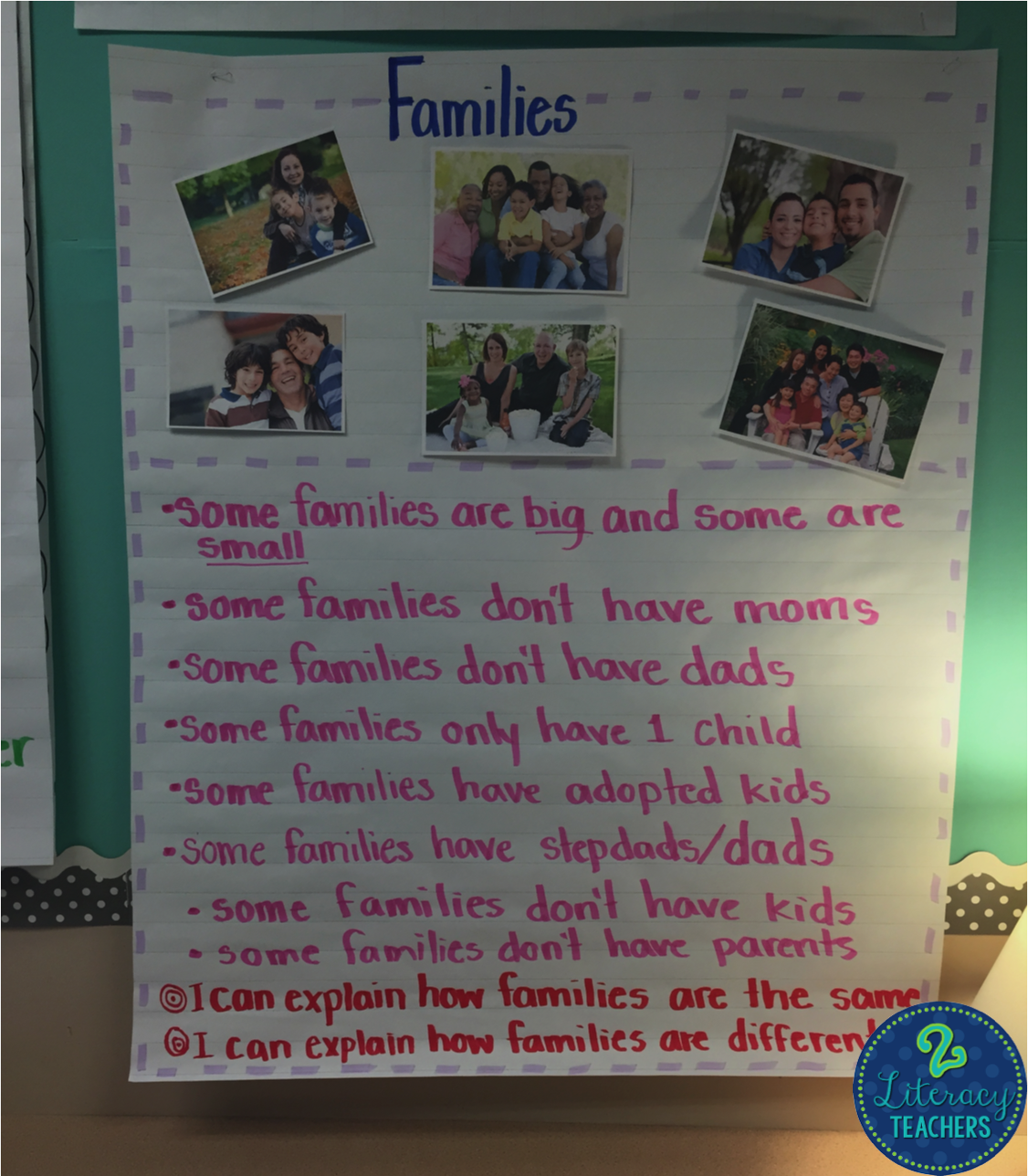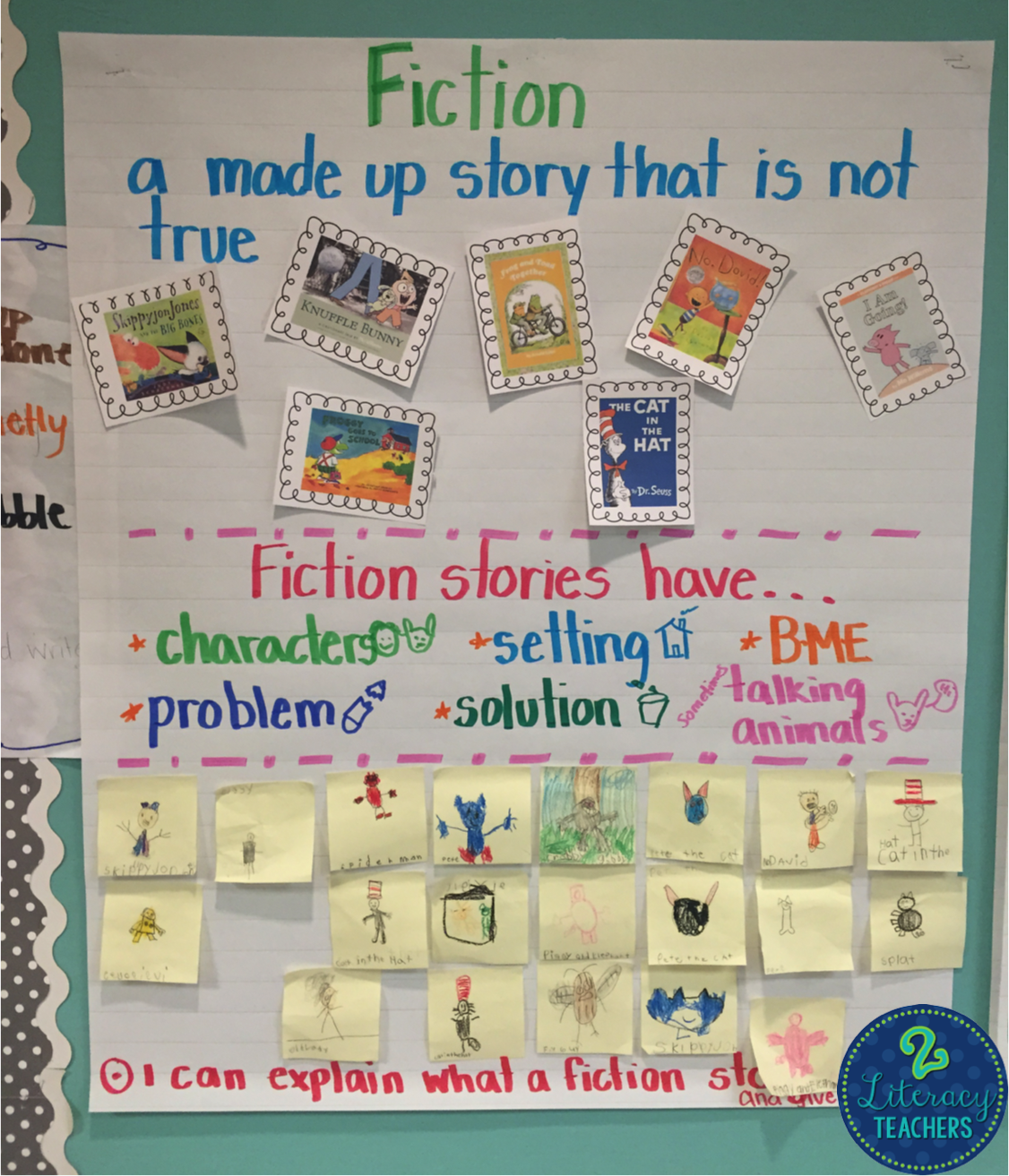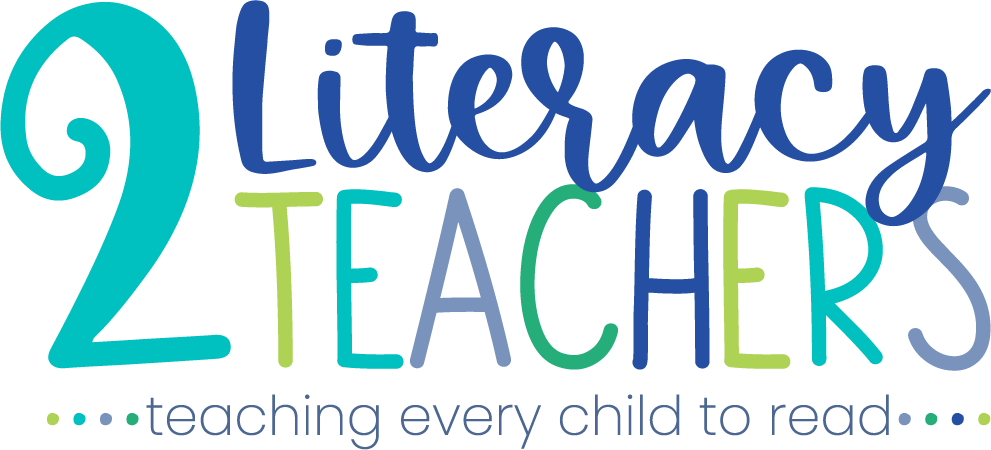Well hello teacher friends! It’s been a few weeks since we have had a Tuesday Tips post. So let’s get back on track, shall we?
Today’s tip is all about volume of reading. You all know that the school we work at has the majority of students coming to us reading below or far below grade level. We work really hard at our school then, to learn everything we can do to help these sweetums catch up fast! But we also want our students that are on or above grade level, to zoom forward too! One of the best tips for helping all of our students has come from this plain, unobtrusive little book here:

Annual Growth For All Students, Catch Up Growth For Those Who Are Behind by Lynn Fielding, Nancy Kerr, and Paul Rosier.
This book comes out of a district in Eastern Washington, and was written because they were highly successful in sending their student achievement soaring at all of their schools! So naturally some of us at our school devoured it. What was the great thing it said you ask? Well……it said kids have to read a lot. Simple as that. But of course it isn’t that simple They determined that for each year of reading growth a student makes, they read an average of 80 minutes per day. This includes direct instruction reading and practice reading. They also determined that if a student is one year behind, they need to read an additional 80 minutes per day, so 160 minutes total! Impossible you say? Well….not really. In the book What Works for Struggling Readers by Richard Allington, he also advocates for more volume in reading. He goes further to explain that EVERYTHING a child reads counts towards the minutes. Math problems? Yep. Charts on your wall? Yep. Scholastic Readers? Yep. Guided Reading Books? Yep. Poems in the poetry notebook? Yep. Everything counts! So how do we do it? Well….take a minute to think about the things that your kiddos read every day. What about the charts on your wall? Can ALL of your students read them? Often times teachers make wonderful anchor charts, but not ALL of the students can read them. What about poems or songs that you hand out? Do you give your students “lifted text” or excerpts from books? Can they ALL read them? If not, then the kids that can read them get more minutes of practice and the kids that can’t read these things get less, when it should really be the other way around. So think about what’s used in your class. Can all students read all things independently? If not, can you change things up a bit so they can? Make your charts readable by using simpler words. Then you can add little clouds with more detail for higher readers. One of my sweet teacher friends is super careful with making her charts readable. (See the picture below.) Her kiddos can and do read her charts all the time.


Consider passing out two or three levels of poems. It’s okay if they are different. The kids can perform their poems for each other! If you are in intermediate grades and hand out articles or excerpts from texts…consider typing up the regular version, plus two simpler versions. You’d be surprised how even simple little tweaks like this can make the materials readable by all, and increase those minutes of high-success reading for everyone. So get ’em all reading, everything and all the time, and their achievement will grow!
This tip from the experts about increasing minutes of high-success reading, has made THE biggest difference in increasing student achievement in both our classrooms. We are passionate about making sure that EVERY student can read EVERYTHING we use. That’s why we make and use our leveled passage sets. They help us meet the needs of all students in an easy-to-use format. Check ’em out here if that sounds like something you could use.
Thanks for stopping by! Hope you have an awesome week! And may you have twice as much energy as your students! (Yeah, I know. They are already bouncing off the walls with excitement about the holidays! 🙂 But their joy makes life great, no?)
Smiles,
Kristin

